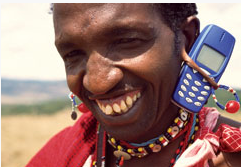The Noble Savage – Photographs of First Earth Tribes
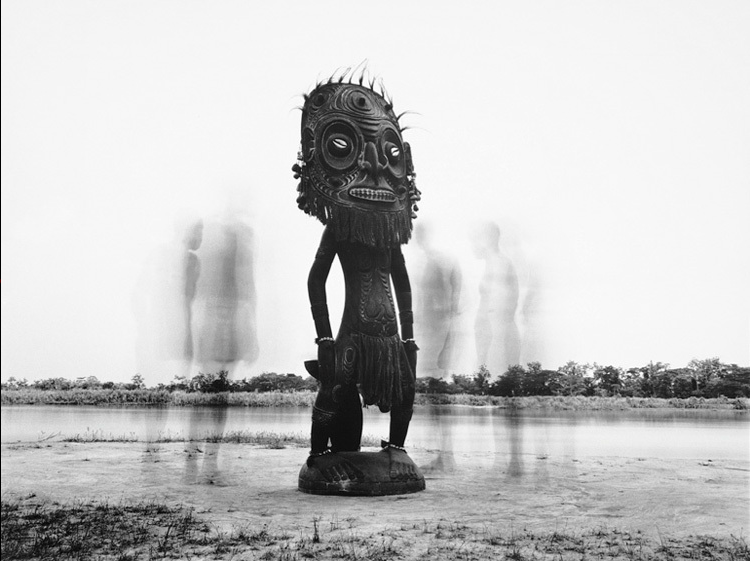
I had the chance to meet Chris Rainier at one of his lectures five years ago. He was seated next to me, in the audience, waiting for his turn at the podium. We struck-up a brief conversation regarding his time in Papua New Guinea which lead to thoughts on the search to photograph First Earth societies untouched by technology.
The Technology Debate
We entered an amicable debate on the use of the word “primitive” as an adjective to describe tribal societies. I took exception to the word “primitive” unless it extended only to aspects of technology. Chris acknowledged that technology wouldn’t change the underlying base of human psyche, citing how war continues to exist. He reflected on the week he had seen two wars: a tribal battle in Papua New Guinea, and the conflict in the Balkans.
We were interrupted and never finished the conversation nor spoke again. It is a shame because we touched on a matter that I think afflicts many photographers and audiences, particularly in Western societies. It is the search for a supposed magical aura of poverty, or the spirit of the noble savage. This is perhaps strongest in regards to First Earth tribes who have only recently been exposed to Western society, but it also extends to societies that live side by side with modernity but remain tribal at heart. In both cases the encroachment of modern technology is regarded as a spiritual evil, and an effort (or at least discourse) is made to preserve the “traditional” way of life. This extends to avoiding daily evidence of technology in portraits of people from these societies, despite their firm use of it.
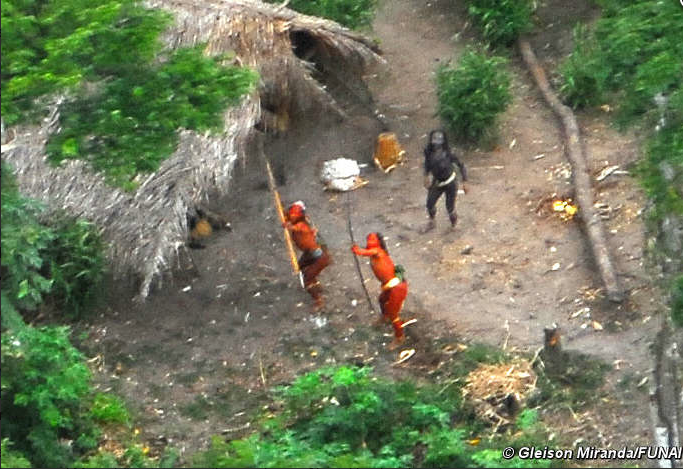
There is of course enormous merit in trying to make sure that the introduction of technology doesn’t quickly create disparaging changes, or introduce disease that destroys the social fabric. Repeatedly, disastrous encounters between Amazon Indian tribes, even as recently as this month (massacre in Venezuela), highlight the need to protect the tribes, and justify the Brazilian government’s isolation and protection policy. Yet history proves that the arrival of critical change is almost inevitable, be it with the introduction of roads, gunpowder, penicillin, paper money, the internet, or more ubiquitously, the mobile phone.
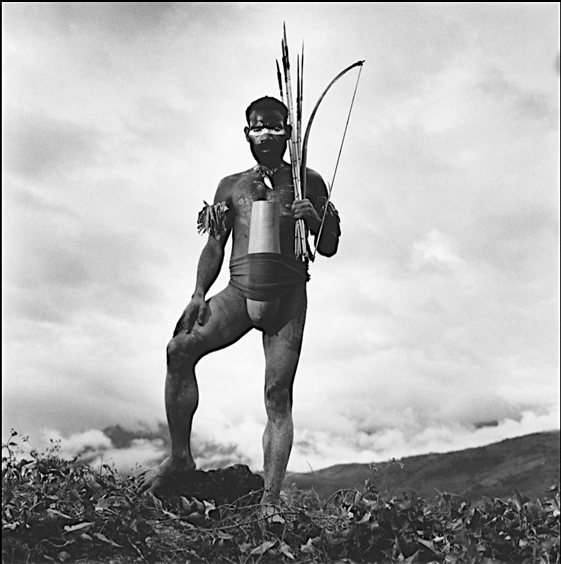
Mobile Phone or Bow and Arrow?
To deliberately avoid photographic evidence of the incursions of technology seems both oxymoronic and a misguided but convenient melancholy. I suspect the reasons are more rooted in romantic notions than in practical ones.
Take the image above as an illustrative example. Would the highland hunter hold the same magic if in addition to his bows and arrows he carried a mobile phone? Probably not. We might be moved to think, “what a shame, there is no corner of the world safe from technology.”
The Magical Moment – Photographing Change
The permeation of technology into a society can, in and of itself, be the magical event worth documenting, and not an unsightly blemish. Discovering how to make fire is certainly among the most wonderful examples I can imagine. In tribal societies that have a long tradition of trade and exposure to other cultures this happens quickly and constantly; consider the arrival of mobile phones among the Masai and the Bana:
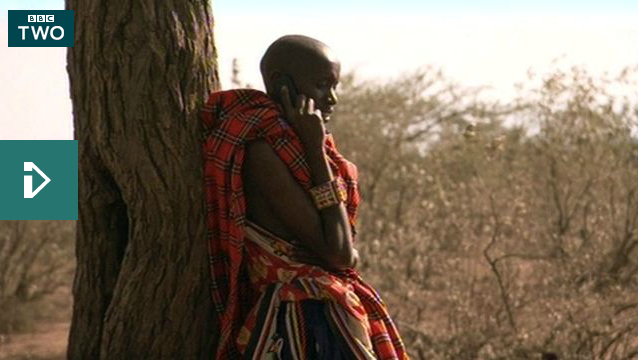
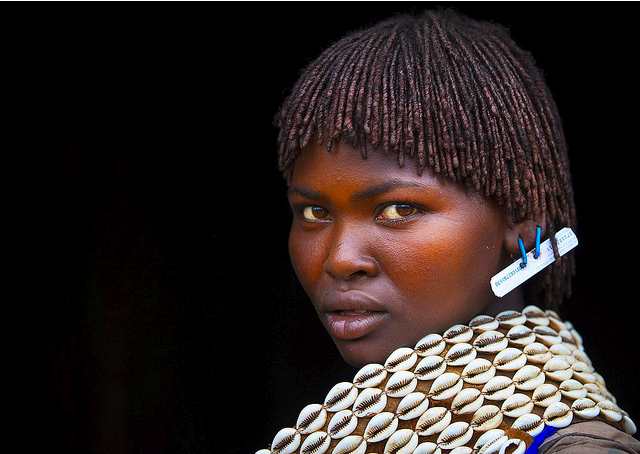
Eric Lafforgue sums it up: “You can see she uses a scratched sim card as an earring. It is the new fashion in Omo valley ever since mobile phones arrived. Some will laugh reading this, but when I went to buy their wooden pillow as a souvenir, the tribesmen laughed much more!”
There are of course other examples left to consider…
